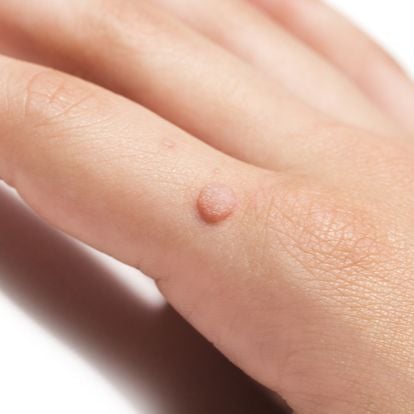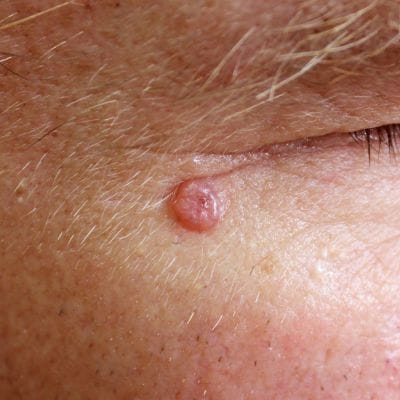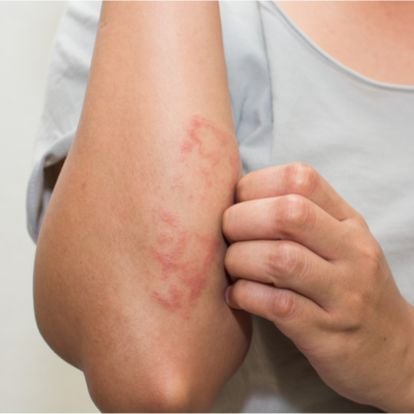Granuloma Annulare
The human body is amazing in that it naturally knows how to fight to defend itself. While your body contains lots of natural protectors and defenders, it’s also capable of creating new methods as needed. Granulomas are one of your body’s many defense mechanisms and often get mistaken for foreign invaders because of how they manifest and operate.
What is a Granuloma?
A granuloma is a cluster of white blood cells that typically form in the lungs as a defense mechanism, but they can also form on the head, skin, or several other body parts. Granulomas often get mistaken for cancerous growths because of how they appear, but they are, in fact, natural defenders that your body creates. They’re usually created due to an infection, irritant, inflammation, or because of a foreign invader.
Granulomas: Our Natural Defenders
The formation of a granuloma or granulomas is a fascinating process. Foreign invaders, infections, or inflammations set off an inflammatory trigger that causes tiny macrophages to gravitate towards the site of infection. The formation and dispersal of these macrophages is an innate immune response that the body carries out naturally without external intervention.
If the initial swarm of macrophages isn’t enough to stop the spread of infection, more granulomas form and flee to the scene. While this is a necessary step to keep an infection or foreign invader from spreading into your bloodstream, it can result in problems. The issue is that granulomas don’t always go away on their own. They may stick around long after the infection has healed.
How are Granulomas Diagnosed?
Granulomas are sometimes visible to the naked eye and appear as a bump under or on the skin’s surface. However, if granulomas occur in the lungs or other internal organs, your doctor will have to perform a CT scan, x-ray, or blood test to diagnose it.
It’s important to diagnose internal granulomas soon after their formation, especially granulomas in the lungs. These are pulmonary granulomas and can cause a serious condition known as pulmonary sarcoidosis. Pulmonary sarcoidosis is a serious condition that is only detectable by x-rays, CT scans, blood tests, lung biopsies, or bronchoscopy.
Treatment Options for Granulomas
There are several different treatment options for granulomas based on their location and severity. While some granulomas don’t require any treatment, some may require surgeries or even lung transplants.
- Corticosteroids
Corticosteroids are often used to treat skin granulomas and come in the form of injections, creams, or pills. - Freezing, Light Therapy, and Oral Medications
Liquid nitrogen, laser therapy, and various forms of oral medications are used to treat the symptoms of granulomas. - Steroids
Steroids such as prednisone are sometimes used to treat symptoms and reduce inflammation. - Stem Cell Transplantation
Stem cell transplantation may be necessary for chronic granulomatous disease caused by granulomas. Stem cell transplantation is only used in extreme situations when other methods aren’t capable of curing your condition. - Lung Transplant
A lung transplant is the only way to repair your condition in the most extreme cases where granulomas cause severe pulmonary sarcoidosis.






